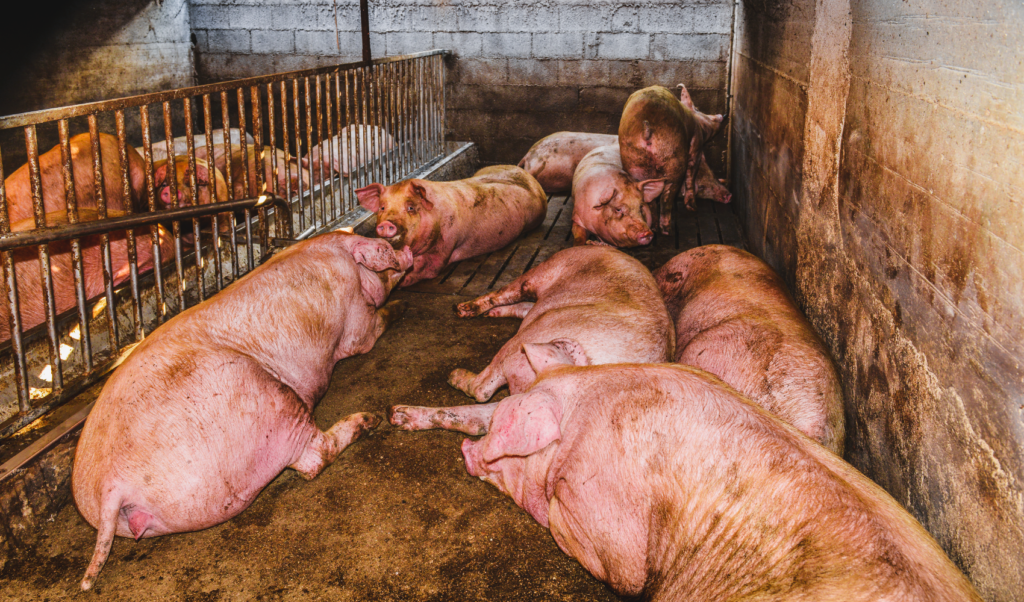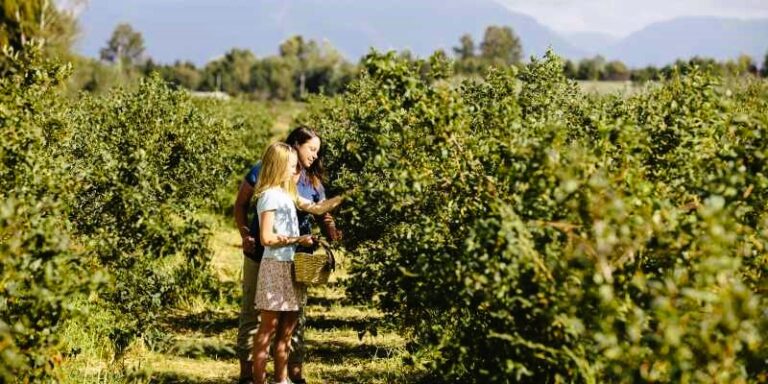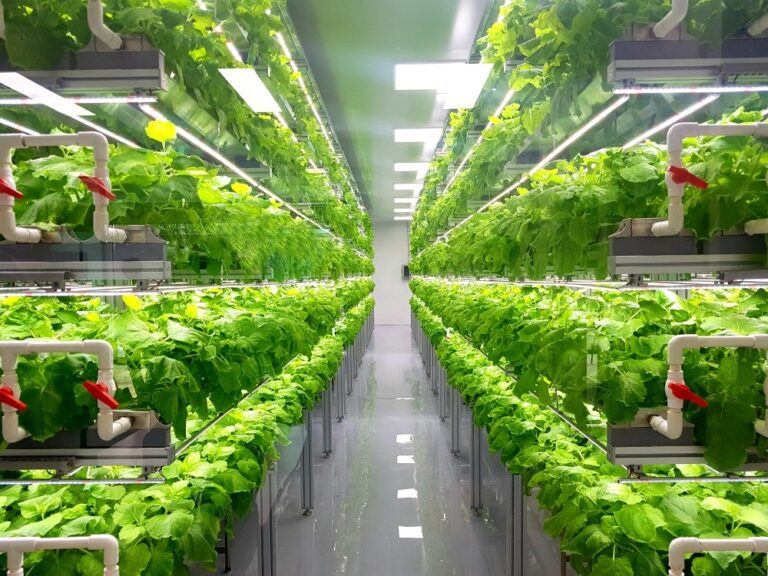In the picturesque landscapes of Abbotsford, Canada, where fertile fields stretch as far as the eye can see, agriculture thrives as a cornerstone of the region’s economy and identity. While crops like berries, vegetables, and grains often take the spotlight, the role of livestock farms in Abbotsford’s agricultural landscape is equally vital. Livestock farms play a multifaceted role, contributing to food production, supporting the local economy, and fostering sustainable agricultural practices that encompass both crops and animals.
Diverse Livestock in Abbotsford
Livestock farming in Abbotsford encompasses a diverse array of animals, each serving unique roles in the agricultural ecosystem.
1. Dairy Cattle
Dairy farming is one of the prominent components of livestock agriculture in Abbotsford. Dairy cattle, primarily Holsteins and Jerseys, graze on lush pastures and receive a nutritious diet to produce high-quality milk. The milk is used to produce an array of dairy products, including milk, cheese, yogurt, and butter.
2. Poultry
Poultry farming is another significant aspect of Abbotsford’s livestock industry. Farmers raise chickens for their eggs and meat, as well as turkeys and ducks. Poultry farming adheres to ethical and sustainable practices, providing consumers with access to fresh and locally produced eggs and poultry products.

3. Beef Cattle
Beef cattle farming in Abbotsford contributes to the production of high-quality beef for consumers. Cattle are raised in open pastures or on rotational grazing systems, promoting ethical animal husbandry practices and environmental sustainability. Like the article? Read also about the Power of Farm Therapy.
4. Swine
Pig farming is also present in Abbotsford, with farmers raising pigs for pork production. Ethical and responsible practices ensure the well-being of the animals while providing a source of locally produced pork products.
The Symbiotic Relationship with Crops
Livestock farms in Abbotsford share a symbiotic relationship with crop farms, creating a balanced agricultural ecosystem.
1. Crop Byproducts as Feed
Crop farms produce a surplus of agricultural byproducts, such as cornstalks, straw, and other plant matter. These byproducts can be used as feed for livestock, reducing waste and providing a sustainable source of nutrition for animals.
2. Nutrient Cycling
Livestock farms contribute to nutrient cycling in agriculture. Animal manure serves as a valuable organic fertilizer, enriching the soil with essential nutrients and promoting crop growth. This nutrient cycling reduces the reliance on synthetic fertilizers and promotes sustainable farming practices.
3. Crop Residues as Bedding
Livestock farms often use crop residues, such as straw or cornstalks, as bedding material for animals. This practice not only provides a comfortable and clean environment for the animals but also repurposes crop byproducts that would otherwise go to waste.
Economic Contributions of Livestock Farms
Beyond their role in food production, livestock farms are significant contributors to Abbotsford’s local economy.
1. Employment
Livestock farms generate employment opportunities in the region. From farmhands to veterinarians and agribusiness professionals, the livestock industry supports a diverse range of jobs.
2. Supply Chain and Processing
The livestock industry stimulates economic activity in the region’s supply chain and processing sectors. Abattoirs, feed mills, and other related businesses play crucial roles in processing and distributing livestock products.
3. Agrotourism
Livestock farms also contribute to agrotourism in Abbotsford. Farm tours, petting zoos, and educational programs attract visitors, creating a symbiotic relationship between agriculture and tourism.
Environmental Stewardship in Livestock Farming
Livestock farms in Abbotsford prioritize sustainable and ethical practices, promoting environmental stewardship.
1. Ethical Animal Husbandry
Farmers in Abbotsford adhere to ethical animal husbandry practices, providing animals with comfortable living conditions, access to pasture, and proper nutrition.
2. Sustainable Grazing Practices

Livestock farms adopt rotational grazing and pasture management strategies to optimize the use of grazing land. These practices promote soil health, biodiversity, and carbon sequestration.
3. Waste Management and Recycling
Farmers in Abbotsford implement waste management and recycling systems to minimize environmental impact. By using manure as fertilizer and repurposing crop residues as bedding, they reduce waste and contribute to nutrient cycling.
Government Support and Standards
The Canadian government supports livestock farms through various initiatives and standards.
1. Animal Welfare Regulations
Animal welfare regulations ensure that livestock farms adhere to ethical and humane treatment of animals.
2. Environmental Regulations
Environmental regulations set standards for waste management, water conservation, and sustainable farming practices, promoting responsible agriculture.
Conclusion
Livestock farms in Abbotsford are essential components of the region’s agricultural landscape, contributing to food production, economic growth, and environmental sustainability. Their symbiotic relationship with crop farms creates a balanced agricultural ecosystem that fosters sustainable practices and minimizes waste. With a focus on ethical animal husbandry and responsible environmental stewardship, livestock farms exemplify the integration of traditional wisdom and modern innovation in the pursuit of a thriving and sustainable agricultural future.
Sources:



